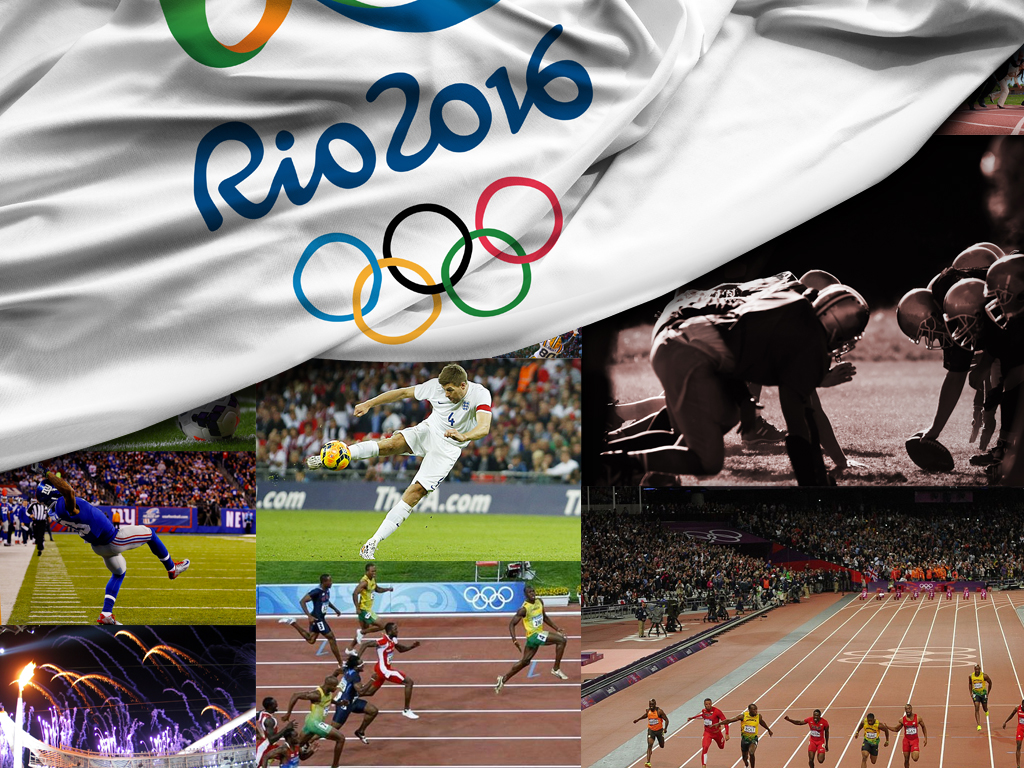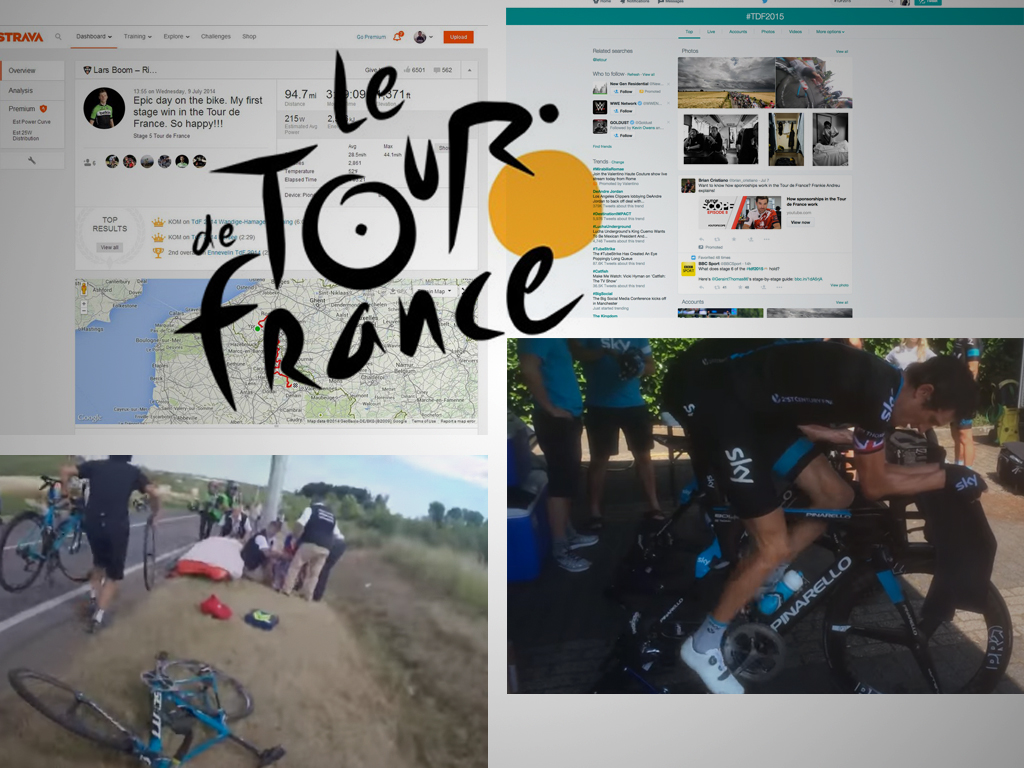Like comedian Rodney Dangerfield, women’s athletics have not historically gotten a lot of respect, particularly when viewed in light of men’s sports. While some female athletes have certainly inked lucrative endorsement deals on par with their male counterparts, their potential reach as influencers has nevertheless been more limited.
Beyond simply the women’s World Cup victory, a number of recent events have put female athletes – and women’s issues – squarely in the national spotlight. Does this mean we’re at a moment when female athletes are on the verge of wielding more marketing power?
Here’s a roundup of recent events that might indicate an affirmative.
1. The U.S. Women’s World Cup Broadcast
The 2015 women’s World Cup final was the most-watched soccer game in U.S. television history – and that includes men’s matches – with a reported 26.7 million viewers.
2. #IWillWhatIWant and #PrincipalMisty
Ballet dancer Misty Copeland’s powerful I Will What I Want video for Under Armour has 8.9 million views to date. What’s more, after her recent promotion to principal dancer in the American Ballet Theatre, the brand asked consumers to congratulate her by tweeting with #PrincipalMisty, saying it would send flowers for each tweet. Per Topsy, this effort generated about 1,000 mentions, which the brand used to create additional content.
.@mistyonpointe, the stage is yours. A big encore ? from your fans & #UAFamily. We’re so proud. #PrincipalMisty pic.twitter.com/Es8ZVFEJDQ
— Under Armour (@UnderArmour) July 2, 2015
What’s more, supermodel Giselle Bundchen’s turn in the I Will What I Want campaign was just awarded a Cyber Grand Prix at Cannes.
3. Branded Girl Power
Let’s not forget the enormously successful girl power messaging from brands like Always and Dove. Their #LikeAGirl and Real Beauty Sketches videos have 58.5 million and 66.1 million views, respectively.
4. #TheNew10
There’s also increased national focus on the gender pay gap in part as a result of the recent announcement from Treasury Secretary Jacob Lew that the $10 bill will be redesigned in 2020 – to coincide with the 100th anniversary of the 19th amendment – and it will feature a “notable woman.”
The campaign for #TheNew10, which, per Topsy has generated about 30,000 tweets in the last 30 days, is getting additional attention as a result of organizations like the American Association of University Women, which are calling for consumers to use the #TheNew10 movement to fight for fair pay.
The FIFA Pay Gap
But this doesn’t necessarily add up to sweeping change, either broadly in terms of American culture or specifically within the marketing industry.
To wit: Not even the U.S. women’s soccer team is immune from the pay gap: They received $2 million from FIFA as a result of their 5–2 win over Japan on July 5, whereas the 2014 men’s championship team from Germany received $35 million and the U.S. men’s team, which was eliminated in the round of 16, received $8 million.
While it stands to reason star Carli Lloyd will receive plenty of endorsement offers, marketing experts still say it’s unlikely female athletes are going to become more influential in sports marketing any time in the immediate future.
Today’s Bankable Athletes
The highest paid female athlete in 2015 is tennis star Maria Sharapova, who earned $27.1 million overall including $23 million in endorsements, according to Forbes. That includes deals with brands like Avon, Samsung, Tag Heuer and Evian, making her 26th on Forbes’ list of the 100 highest-paid athletes overall.
The only other woman on the list is another tennis powerhouse: Serena Williams. She ranks 47th, with $11.6 million in salary/winnings and $13 million in endorsements from brands like Chase, Audemars Piguet, Gatorade and PepsiCo.
https://www.youtube.com/watch?v=WRorMdBzwXMFemale Athletes as Storytellers: What Marketers Need to Know
Other than it simply being a man’s world, why are there only two female names on this list? If it’s genuinely about product and influencer fit in marketing, surely there are female athletes who can help tell effective brand stories, too? Why don’t we see more of them? And what do brands need to know/do about working with them?
Mary Scott, president of sports and experiential for marketing agency United Entertainment Group, said more women are becoming part of the marketing mix, which is typical around events like the Olympics and the World Cup, but there isn’t a monumental shift at this moment.
“Some of the stars of World Cup will see additional partnerships, especially Carli,” Scott said. “Unfortunately, the sustainable exposure of these athletes is limited beyond the windows of their competition period, which plays into marketability factors. Although social media landscape has changed this dynamic, women in sports still have a ways to go.”
Mark Fidelman, founder of sports marketing company FanZeal, agrees that while women are gaining momentum, there is a lot of room to grow.
“Interest is there, but brands need to be shown how female athletes can move the needle relative to their male counterparts,” Fidelman said. “Most brands are still looking at TV audience as the gauge to whether to engage a female athlete versus a male athlete.”
According to Fidelman, what brands are missing is the tremendous presence female athletes have on social.
“Online, male athletes don’t have a larger audience than females,” Fidelman said. “So, brands need to understand how to work with female athletes online to drive awareness and lead generation for their audience.”
That includes building stories around athletes that have emotional elements that tie the brand product to the storyline, such as Under Armour and Lululemon do on Instagram, which Fidelman said regularly feature female athletes who are helping to tell the brands’ respective stories.
“Female athletes have already proven that they can command as large or larger fan bases than men, [so] the goal for brands interested in sports marketing is to learn how to create an effective storyline and call to action with that female athlete,” Fidelman said. “But from my perspective, gender is not the issue, it’s product and influencer fit. If a female athlete has a better fit with the brand’s customers, then by all means, work with that athlete.”
For her part, Suzy Sammons, brand director at 180LA, calls asking whether women can become as influential as men in marketing sponsorships a “circular reference.”
“If marketers are able to leverage a true connection between a star athlete and a brand’s story, we’re likely to create an effective sphere of influence. Then voila! We’ve controlled the destiny of women athletes who wish to become powerful voices for brands and their copywriters,” Sammons said. “But do marketers decide who is an influential spokesperson or does the American consumer?”
Further, she notes brands interested in working with athletes have to embrace the annual gamble with the roulette wheel of celebrity behavior and athletic success.
“Is a member of a pro team a riskier choice than a successful athlete in an individual sport like tennis or golf? Probably,” she said. “But the fan base is different. Hmmmm, what to do? Is gender really the first question marketers consider in this evaluation?”
What’s more, Sammons points to athletes like Williams, as well as her sister Venus, along with skier Lindsey Vonn and soccer star Mia Hamm, calling them “world-class athletes who use their powerful presence to ignite meaningful change in the future of people’s lives,” and asks, “Isn’t that more interesting than a product launch for Procter & Gamble? Do those foundations make them influential? Or does it depend more on our culture’s sports media coverage?”
In the end, Sammons said it’s about celebrating the whole story and the stories behind those stories.
“Spoiler Alert: men cover sports for men. And if women want to elevate the awareness and demand for serious news about female athletes and role models, we need to use the strength of our own keyboards,” Sammons said. “New celebrities are created every day with social sharing: we’re all grass roots.”
What do you think of this take on female athletes as brand influencers?


